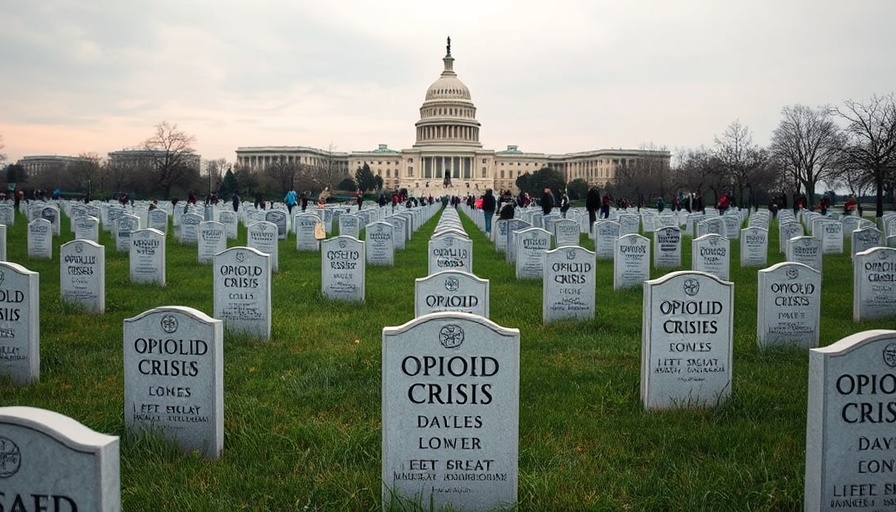
Opioid Settlements: Who Really Benefits?
The ongoing opioid crisis has left deep scars across American families, with stories like those of Christopher Julian—who struggled through addiction sparked by prescription painkillers—highlighting the personal toll behind the statistics. Julian, after years of suffering, received a compensation payout of only $324.58, while state and local governments laughably cash in, receiving billions in opioid settlements.
Governments Reaping the Rewards
The disparity is stark. For instance, Cumberland County in Maine has already received over $700,000 and expects millions more, while most victims continue to receive minimal support. This unequal distribution raises pressing questions about the intent behind these settlement agreements, designed ostensibly to aid those suffering from addiction. Individuals are left feeling like collateral damage in a financial game where the real victors are government coffers.
A Call for Change in Compensation Structure
This situation demands action. Advocates are arguing for a reimagined settlement framework that prioritizes victims by ensuring that funds directly aid recovery, treatment, and financial assistance—transforming a narrative of despair into one of hope and healing. After all, these settlements, reached due to the suffering of individuals, should ultimately serve to alleviate that very pain.
As the health community pushes for better policies, it’s crucial that tech-savvy health enthusiasts engage in the conversation and advocate for systematic changes in how compensations are structured and allocated. Your voice matters.
 Add Row
Add Row  Add
Add 




 Add Row
Add Row  Add
Add 



Write A Comment